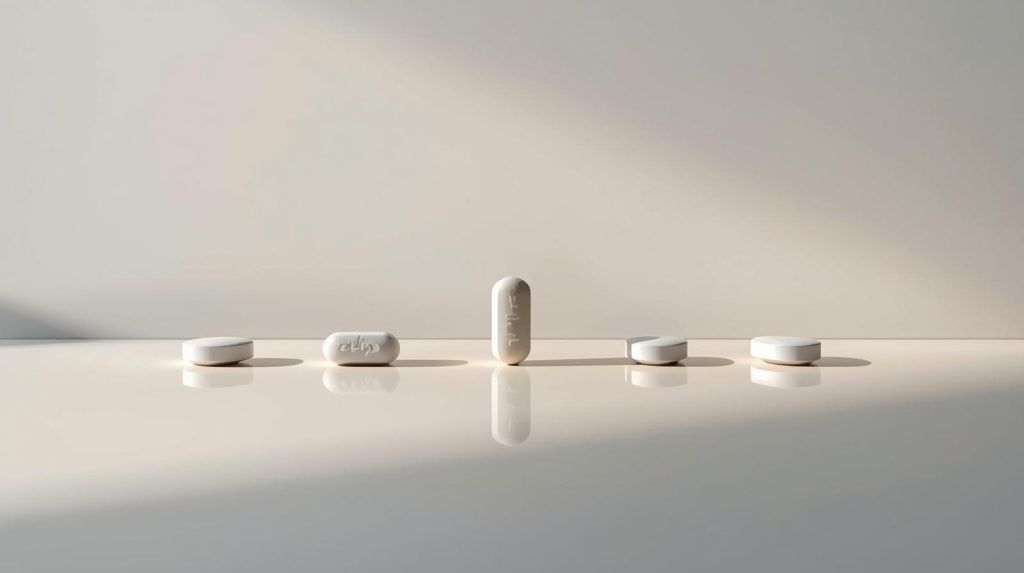This dispute, concerning an invention for controlling parasites in animals, is a reminder that patent applications can get caught up in years-long oppositions, and that proving lack of novelty was a high bar to clear before the Raising the Bar Amendments to the Australian Patent Act.
In Boehringer Ingelheim Animal Health USA Inc. v Intervet International B.V., the Federal Court directed that a patent application be granted nine years after it was filed in June 2011. In finding that the application was valid, the Court reaffirmed the principle that for something to be anticipated, or not novel, it is necessary to show that the prior art clearly and inevitably discloses the invention within the patent application. The Raising the Bar amendments will see this test as somewhat less stringent now that the patent applicant no longer has the benefit of the doubt.
Last month, the Federal Court of Australia reaffirmed the decision of the Australian Patent Office in one of the longer running patent disputes in Australia. The Court found that Intervet’s patent application, filed back in June 2011, was valid and should proceed to grant. This case was decided under the pre-Raising the Bar Patent Act.
The application itself was concerned with an injectable formulation of a macrocyclic lactone and levamisole which is used for controlling parasites in animals. In brief, Boehringer pleaded this application was invalid for a lack of novelty, lack of inventive step, and lack of utility. Ultimately these arguments were rejected by both the Delegate in the Australian Patent Office and the Federal Court on appeal.
With regard to the novelty argument, Boehringer argued that a Chinese patent disclosed the invention, predominantly through an example (‘Example 3’) in that patent. However Example 3 used a lower concentration of levamisole than the invention (at [97]). Boehringer tried to argue that the concentration could be corrected to a different concentration, referring to a line on page three of the patent which, when discussing a generalised view of the invention, used a higher concentration of levamisole than Example 3 specified. Further, it filed experimental evidence that showed that if someone followed the Chinese patent, it could lead to the same disclosure of the invention in the application. The Court rejected this evidence / argument, saying:
- That the test of novelty is not one of just reverse infringement, but rather, and quoting AstraZeneca AB v Apotex Pty Ltd [2014] FCAFC 99, that “there must be… a clear description of, or clear instructions to do or make, something that would infringe the patentee’s claim if carried out after the grant of the patentee’s patent” (at [86]);
- Example 3 used a lower concentration of levamisole than the application. The generalised, and unexplained, comment on page three which highlighted a higher concentration could not be used to contradict the specific concentration stated in Example 3. Further, there was no clear and unambiguous instruction to modify Example 3 with the higher concentration (at [125]-[127]);
- Example 3 provided no manufacturing steps or a description of the formulation that was meant to be made (at [128]); and
- While Boehringer had provided experimental evidence showing that Example 3 could provide a solution as required by the application, it did not show that this was an inevitability of Example 3. Boehringer had the onus of establishing such an inevitability (at [138]).
While not stating anything new or unexpected, this case is therefore a pertinent reminder that to attack a patent on the grounds of novelty will require a clear case of reverse infringement in the prior art. However it is important to note that the comment at [138] concerning the onus of establishing this as an inevitability is no longer the case under the Raising the Bar amendments, and future cases would involve a less stringent test.
The Court also rejected the argument that the invention protected in the application lacked an inventive step. This conclusion was based in part around the finding at [262] that it was common general knowledge at the time that levamisole and macrocyclic lactones, which made up the injectable formulation of the application, were chemically incompatible and were stable at different pH conditions. Further, at [277]-[280], the Court noted that the combination treatment of levamisole and macrocyclic lactone was a long-standing goal which no one had yet achieved. the fact that there were research projects working on that combination at the relevant time was further evidence that the application contained an inventive step. The Court similarly found at [295] that there was still an inventive step even if the notional skilled team was working from the Chinese patent discussed above.
Finally the Court considered the argument of utility, but ruled that it was not established that the patent application did not meet its promise (of stability for three months under accelerated conditions).
The Court therefore found the patent valid and directed the appeal to be dismissed and the application to proceed to grant.











